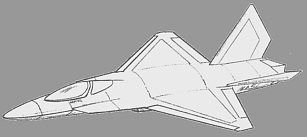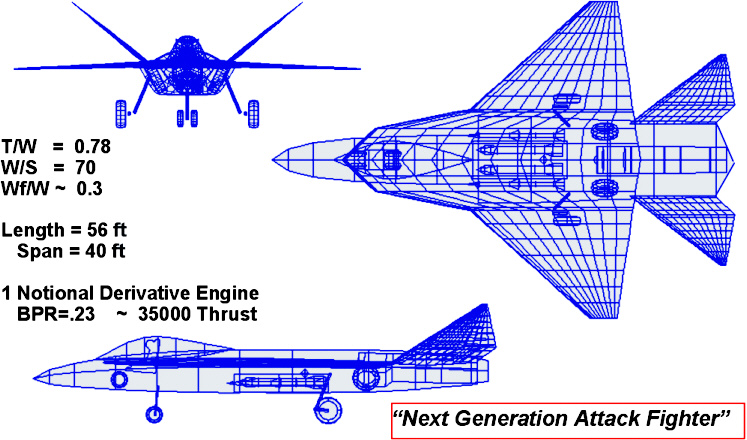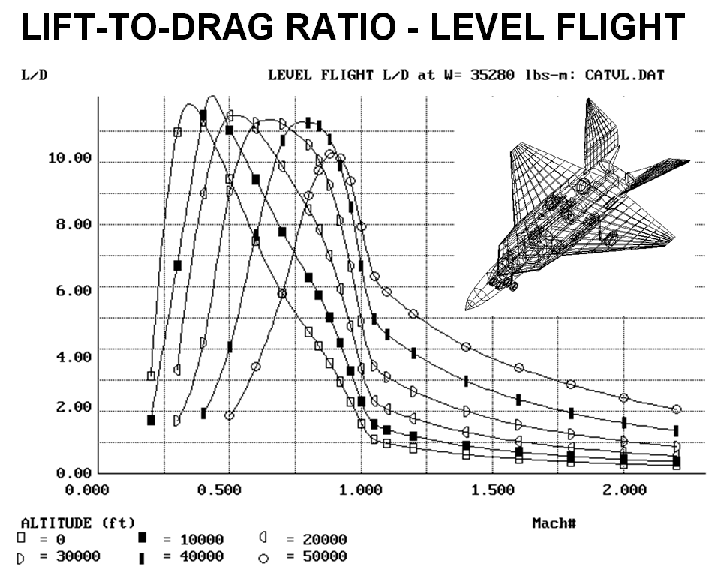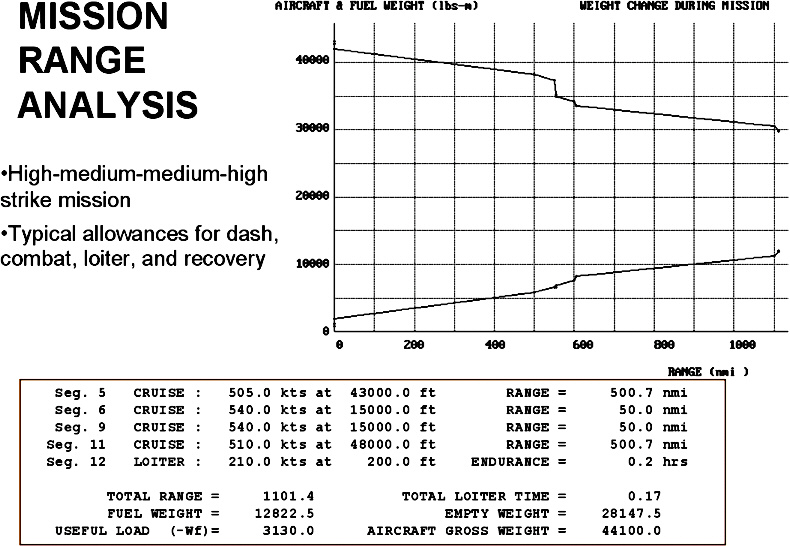
AIAA Paper 95-3922, Aircraft Engineering, Technology & Operations Congress, Sept. 1995, Los Angeles
Daniel P. Raymer
RAND Corporation, Santa Monica, CA (1995)
Abstract
The design impacts of tradeoffs for a next-generation attack fighter are discussed in this paper, including such questions as “is STOVL a viable approach for tri-service capability?”, or “how much range must we give up to carry larger stores?” A representative notional design concept for an NGAF was designed and analyzed, then trade studies were performed including range, performance, payload, technologies, and alternative approaches to attaining tri-service capability. This paper summarizes some of the RAND research on the next generation attack fighter, sponsored by the U.S. Air Force. This study concludes that a single-seat, single engine fighter using a near-term engine and the currently-available advanced technologies could provide a substantial advantage in range, payload, and signature over current aircraft, meeting the fundamental needs of the Air Force, Navy, and Marines. Also, it appears that the key desires of all three services can best be met with a highly-common “two-way” modularity approach using STOVL for both Marines and Navy.
(to order this paper from the publisher, search for paper number 1995-3922 at the American Institute of Aeronautics and Astronautics


